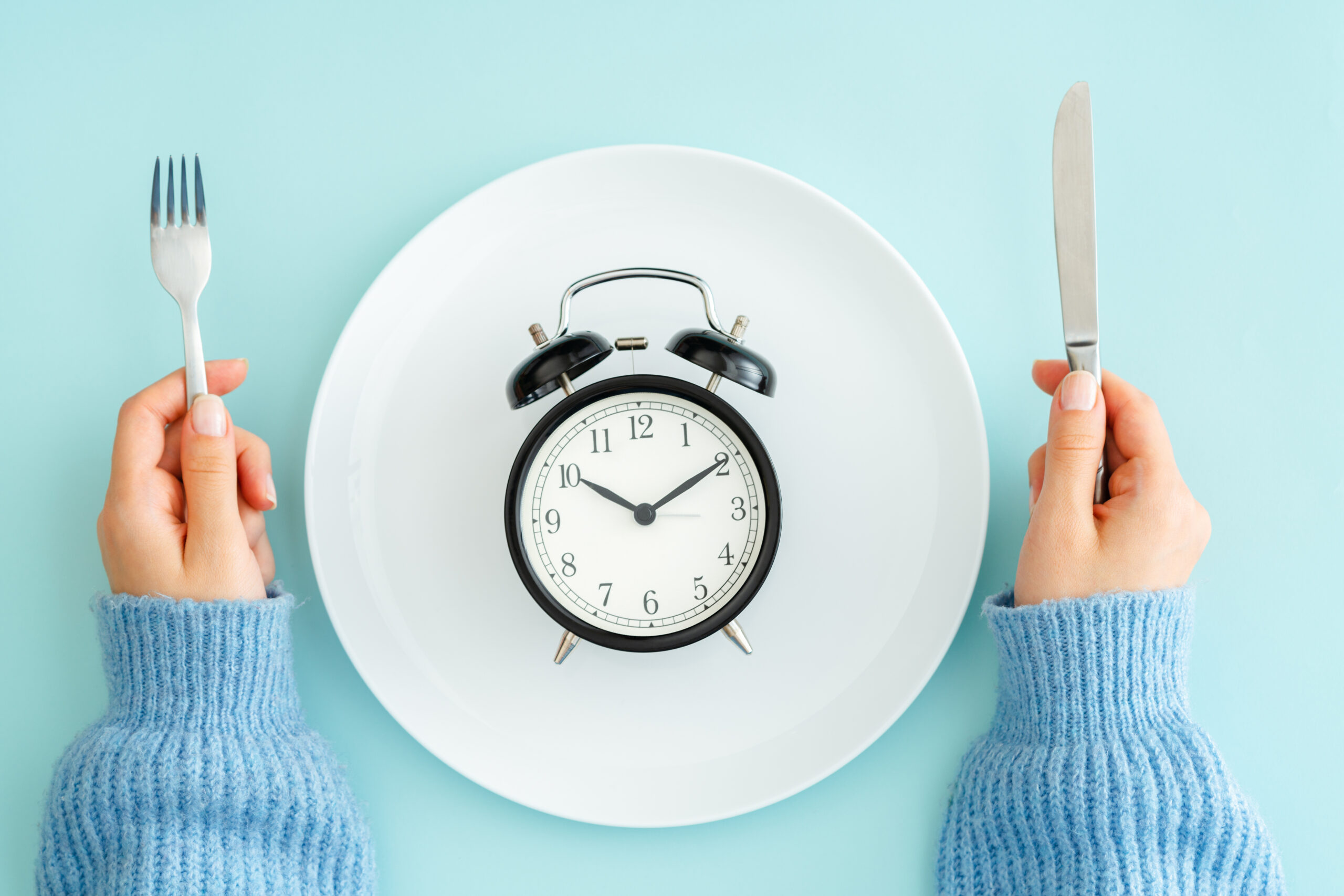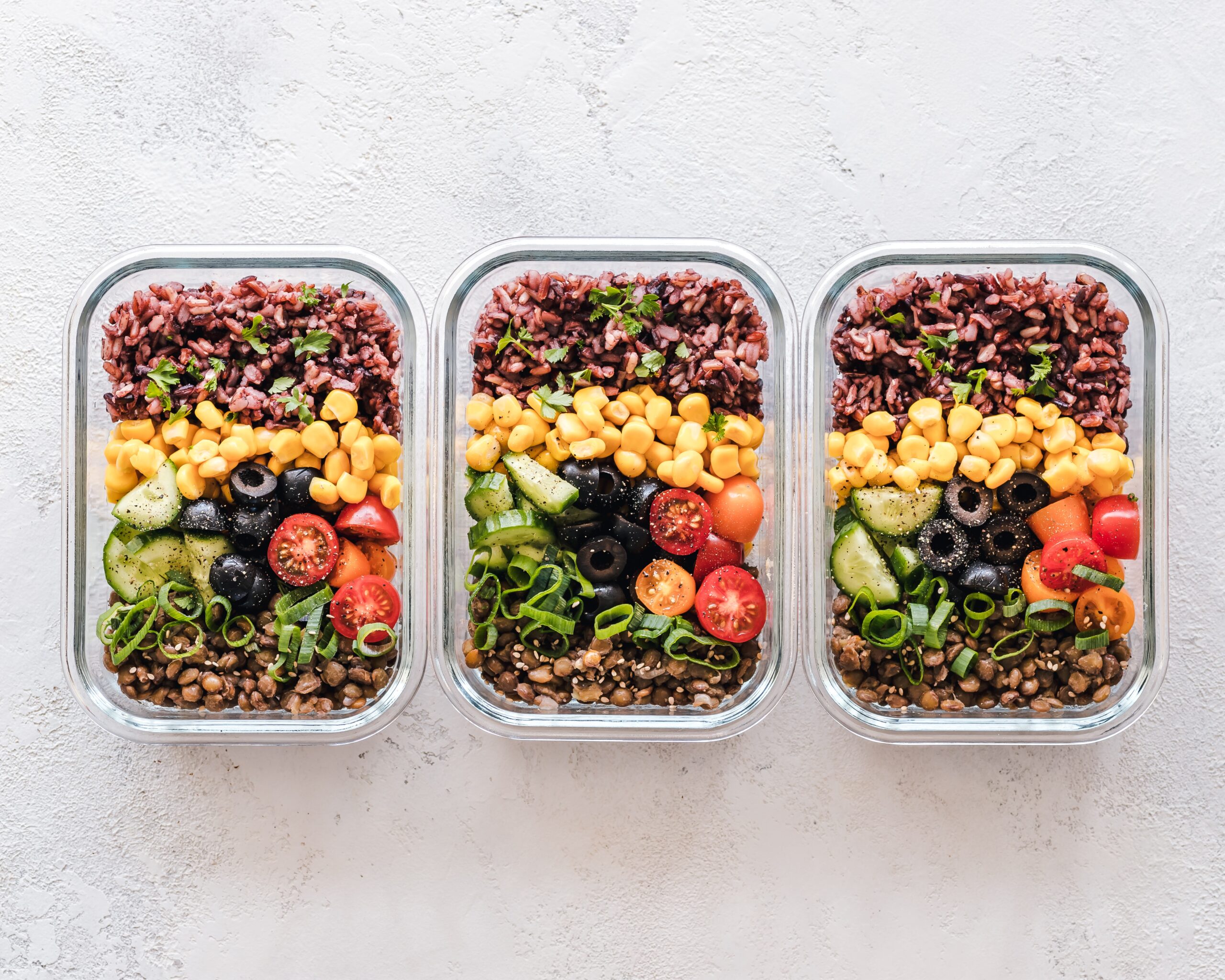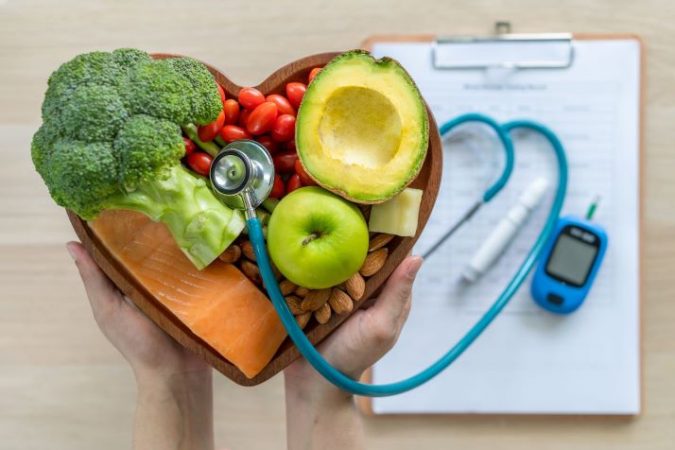Article by Allison Hull, DO
The mantra, “calories in versus calories out dictates weight loss” is just plain wrong. The human body is far more complex than simple subtraction. I have this conversation nearly every day with both my patients and our tribe members.
It is my goal to help you understand this as well.
INSULIN IS THE GATEKEEPER FOR FAT LOSS
Our pancreas produces a key hormone known as insulin, which serves as the gatekeeper for fat loss and fat storage. We can affectionately (or begrudgingly) refer to insulin as the “fat-storage hormone.”
Insulin is secreted when it receives the signal of glucose elevation. Its primary job is to move glucose from the bloodstream into our cells for energy storage and utilization.
INSULIN CREATES A DETOUR FOR GLUCOSE IN THE FORM OF FAT STORAGE
Just how does insulin store energy? It does so by inducing glycogen synthesis, which stores glucose in our liver and skeletal muscle. The problem is that only a finite amount of glucose can be stored before finding an alternative destination. Insulin creates this detour for glucose in the form of lipogenesis. This is where glucose is stored as fat in the form of triglycerides within our adipose (fatty) tissue and prohibits lipolysis, the breakdown of stored fat.
WE SUFFER FROM FOOD ABUNDANCE
Believe it or not, insulin is one of the primary reasons we exist today. Insulin served as a survival mechanism for our homo sapiens species for millions of years. Our hunter-gatherer ancestors primarily relied upon insulin’s fat storage when they were forced to go long periods without food. The problem today lies in that we no longer suffer from food scarcity but rather suffer from food abundance.
DEFINING INSULIN RESISTANCE
The constant deluge of sugar and highly processed, carbohydrate food products result in persistent elevation in our blood glucose levels. As a result, insulin must work overtime to compensate. Eventually, our cell receptors mitigate their response and down-regulate their uptake of glucose carried by its chaperone, insulin. Unfortunately, our blood glucose remains elevated and therefore, the pancreas continues to push out insulin in hopes of moving glucose out of the bloodstream and to its destination. This continuing push of insulin ultimately defines insulin resistance.
VISCERAL FAT IGNITES INFLAMMATION
Once again, this leads to fat deposition in both our subcutaneous and visceral fat, which is the fat stored in and around our organs. Visceral fat ignites a cascade of inflammation through the production of inflammatory adipokines, such as of Tumor Necrosis Factor Alpha (TNF-alpha), Interleukin (IL)-6, and macrophage chemoattractant protein-1 (MCP-1), and Resistin. Seeing as inflammation is the nidus of most disease processes, insulin resistance ultimately serves as the catalyst for all forms of metabolic disease. My point is to highlight that insulin resistance does far more than make us gain weight; it creates chronic metabolic disease.
Let’s recap the cascade of events leading to insulin resistance and its inevitable impact:
- Step 1 – Excess consumption of sugar and processed carbohydrates.
- Step 2 – Persistent and chronic elevation of blood glucose levels.
- Step 3 – The pancreas secretes insulin to chaperone glucose into our cells for energy storage and utilization.
- Step 4 – Insulin receptors downregulate due to excess exposure.
- Step 5 – The pancreas produces even more insulin in an effort to solve the problem.
- Step 6 – More Insulin creates greater fat storage – both subcutaneous and visceral fat. (fat in and around our organs)
- Step 7 – More visceral fat creates an uptick in inflammatory adipokines like Tumor Necrosis Factor Alpha (TNF-alpha), Interleukin (IL)-6, and macrophage chemoattractant protein-1 (MCP-1), and Resistin.
- Step 8 – Welcome metabolic disease in all forms- cardiovascular, cancer, diabetes, dementia, and autoimmune
Now, let’s come back to this “calorie in versus calorie out” discussion.
Typical caloric restrictive diets may overall reduce blood glucose to a degree. However, if our bodies still have glucose and glycogen (the storage form of glucose) available, insulin will continue to wreak havoc, holding the key to unlock the path to breakdown fat through lipolysis. To put in plainly, our body will never utilize fat stores for energy when insulin levels are elevated. Let me repeat it. To fat adapt, which essentially means burning our own stored fat for fuel, we must exhaust glucose and glycogen stores to lower insulin levels. This is most efficiently achieved through a low carbohydrate/ketogenic nutritional plan.
CREATING METABOLIC FLEXIBILITY
As we consume fewer carbohydrates, we lower blood glucose levels and insulin levels diminish. This in return, allows our insulin receptors to upregulate to become more responsive to both insulin and glucose. What we are creating here is metabolic flexibility. As a result, we see much greater long-term success when we follow a low carbohydrate nutritional plan. If we are simply calorically restricting, we will see reductions in blood glucose to a lesser degree. Additionally, we won’t have the same impact on the other hormonal regulatory processes that help control insulin sensitivity. For example, low carbohydrate nutrition increases Glucagon-Like Peptide–1 (GLP-1) and Glucose-dependent insulinotropic polypeptide (GIP), further accentuating insulin sensitivity. Plus, these hormones help increase satiety, making the dietary changes more sustainable.
LOWERING CARBOHYDRATES MITIGATES INSULIN RESISTANCE
The final take-home message is appreciating how lowering glucose levels reduces insulin resistance, thereby shifting our bodies to burn fat for fuel. Herein lies the key to not just weight loss but optimization of metabolic health and disease prevention.
- See what you learned:
- What hormone is produced from the pancreas due to blood glucose elevation?
- What happens when we have chronic elevation in both glucose and insulin? What is this called?
- Does insulin create fat storage and prevent fat breakdown?
- What is the best way to create insulin sensitivity and, therefore, promote weight loss?
- Celebrate your answers:
- Insulin
- Insulin receptors downregulate, resulting in persistent elevation of glucose and insulin levels. This is how we define Insulin Resistance.
- YES- fat storage is called lipogenesis, and fat breakdown is called lipolysis
- Lowering glucose levels through lower carbohydrate nutrition. Especially carbohydrates coming from sugar and processed food products.
References:
- Frayn KN. Visceral fat and insulin resistance—causative or correlative? Br J Nutr. 2000 Mar; 83 Suppl 1:S71-7.
- Robert Gleeson, MD, FACP, Michael Davidson, MD, FNLA, FACC. Lipidology a Primer. Prevent CVD, LLC. 2010
- Rietman A, Schwartz J, Mensink M. High dietary protein intake, reducing or eliciting insulin resistance? European Journal of Clinical Nutrition. 2014. Sep;68(9):973-979.



